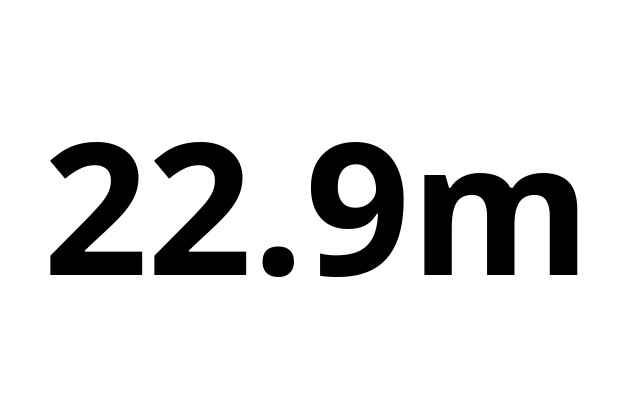Some 22.9 million passengers were recorded, marking a 2% increase on 2016 (22.5m). The rise is thought to have been helped by the fact that a number of infrastructure projects entered into service the same year. Among them were the opening of the Pfaffenthal-Kirchberg train station and funicular at one end of Kirchberg, as well as Howald train station.
The news along with the fact that passenger numbers have risen 70% since 2003, will certainly be welcomed by sustainable development ministry, whose Modu 2.0 strategy announced last month aims to increase public transport take-up by 20% from 2017 to 2025.
However, it prompts questions around the quality of a service which appears to be approaching saturation. CFL reported on Monday that that 89.6% of its trains arrived punctually, by which they mean trains arriving no more than 5 minutes and 59 seconds later than scheduled.
Fewer trains arriving on time
The rate has been diminishing in recent years, down from 90.9% in 2015 and 89.8% in 2016. CFL attributed the evolution to the “extraordinary” passenger increase and expansion of infrastructure and frequency of services. “In the medium-term, CFL aims to introduce solutions through large-scale infrastructure expansion, which is currently underway,” the operator said in its 2017 report.
Bottlenecks forming along lines in Rodange, Bettembourg and Luxembourg, because of the increased volume of traffic, should be eased by the construction of a second viaduct in Pulvermühle, opening in 2019, a new rail track between Luxembourg and Bettembourg, to be operational in 2024 and the extension of Luxembourg City train station to offer two additional platforms and four tracks.
“This extension is essentially for the efficient management of traffic from new stations Pfaffenthal-Kirchberg and Howald and will enable a higher volume of trains to pass through the station,” CFL said in its report. Work has already begun on the project but the operator gave no completion date.
Other planned improvements include the replacement of level crossings with underpasses. During the next six years, 10 out of 122 crossings will be replaced.
